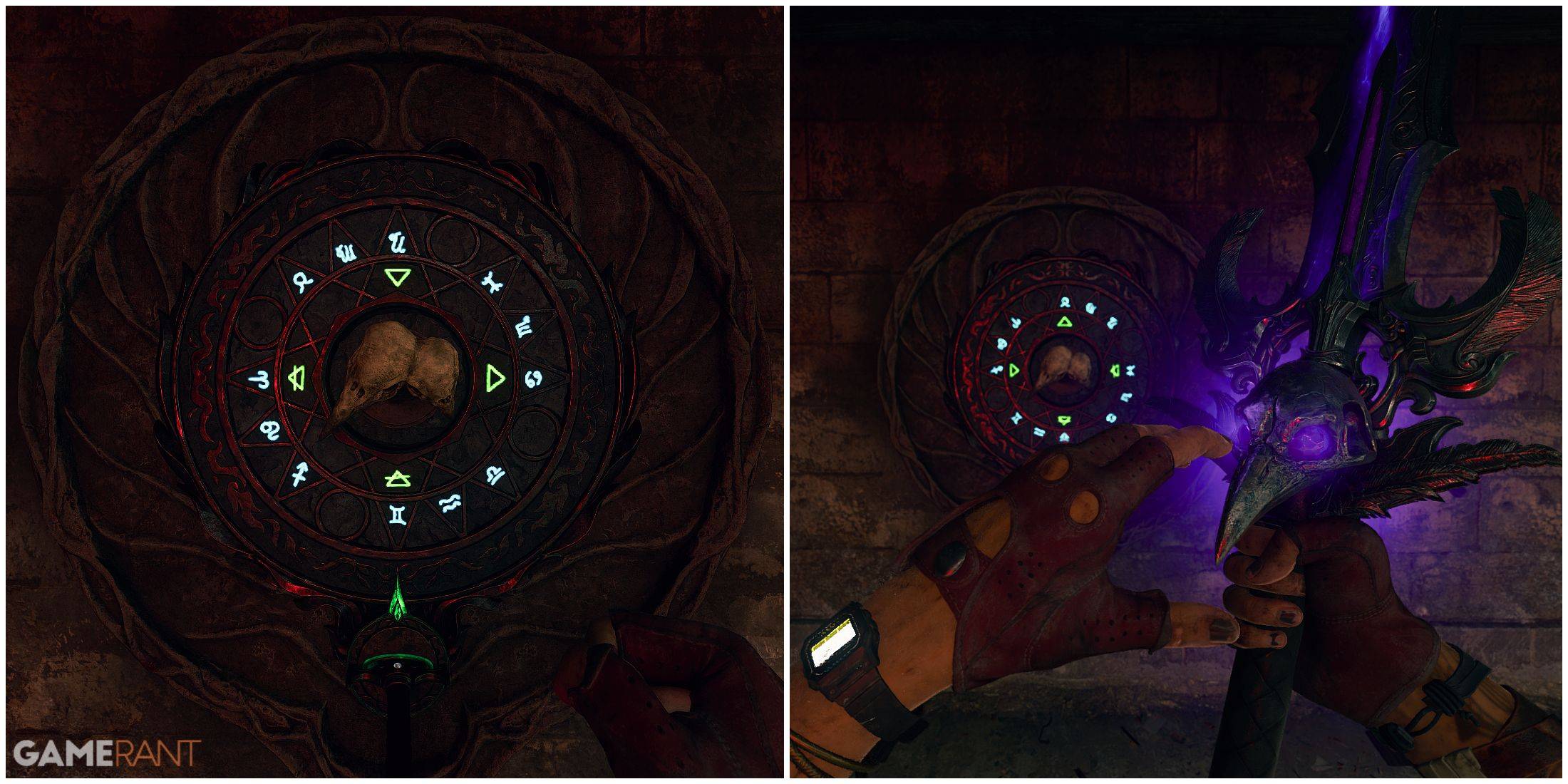\"Angry Kirby\" Explained by Former Nintendo Employees
- By Chloe
- Feb 21,2025
This article explores the evolution of Kirby's marketing in the West, focusing on the "Angry Kirby" phenomenon and Nintendo's shifting localization strategies. Former Nintendo employees shed light on the decisions behind the differing portrayals of the iconic pink puffball.
The "Angry Kirby" Phenomenon: A Western Appeal
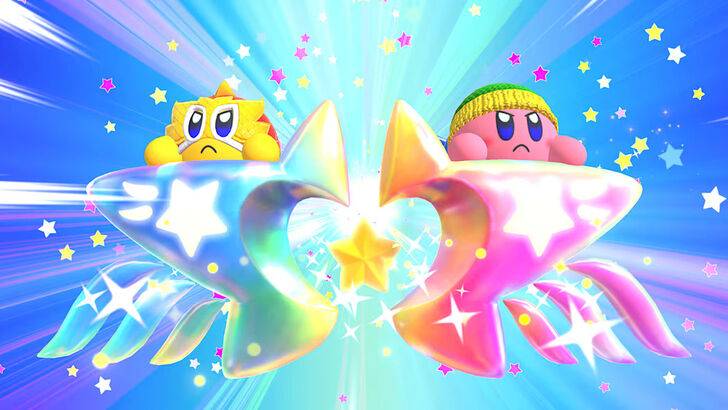
Kirby's image was intentionally toughened for Western audiences, particularly to attract teenage boys. This "Angry Kirby," as fans dubbed it, wasn't about anger but projected determination, a contrast to the cuteness that resonated strongly in Japan. While acknowledging the cuteness factor's success in Japan, former Nintendo employees confirmed that a more assertive Kirby better suited the Western market, though this varied by game title.
Marketing Kirby as "Super Tuff Pink Puff"

Nintendo's marketing consciously aimed to broaden Kirby's appeal, moving away from a purely "kiddie" image. The "Super Tuff Pink Puff" branding for Kirby Super Star Ultra exemplified this shift. This strategy aimed to counter the perceived negative impact of a game being labeled "kiddie." While recent marketing emphasizes gameplay, Kirby's image remains a blend of cute and tough.
U.S. Localization: A History of Adjustments
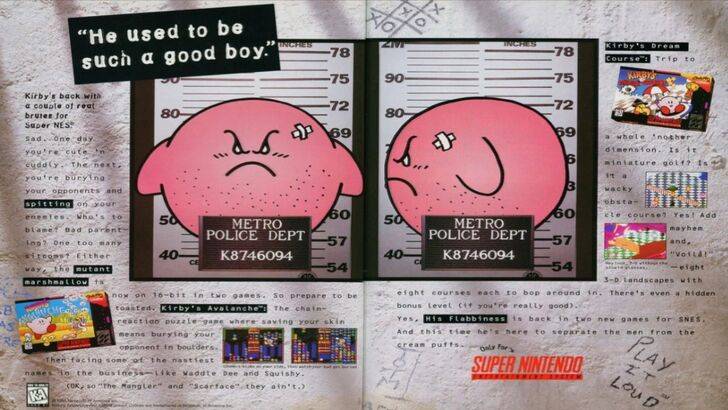
The divergence in Kirby's presentation began early, notably with a 1995 mugshot ad. Subsequent game covers often depicted Kirby with sharper features and more intense expressions. Even Kirby's color was altered; the original Game Boy release featured a desaturated Kirby, a decision later acknowledged as a marketing misstep. The shift towards a tougher image was a conscious effort to boost sales in the Western market. Today, Kirby's marketing is more consistent globally.
Nintendo's Global Approach: Consistency vs. Regional Nuances
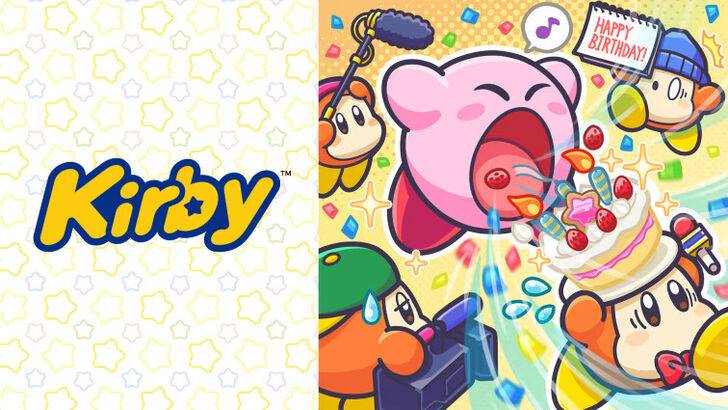
Former employees highlight Nintendo's increased global focus, leading to more consistent marketing and localization. This shift reduces regional variations but risks overlooking regional preferences. The increased global awareness of Japanese culture, however, has arguably lessened the need for such drastic alterations, leading to a more balanced approach. The current trend reflects the broader globalization of the gaming industry.
Latest News
more >-
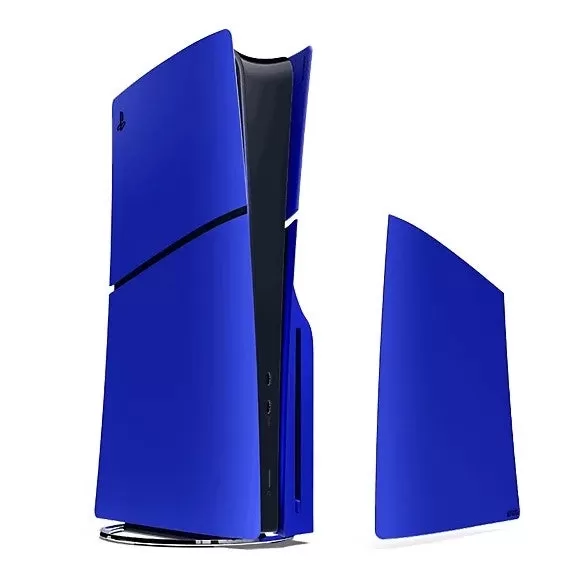
- PS5 Console Covers Discounted for Days of Play
- Dec 19,2025
-

-
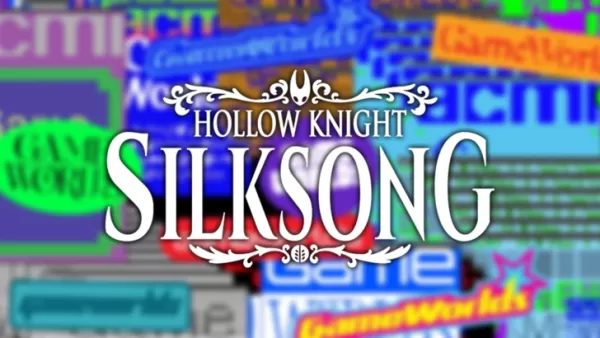
-

- Mini Keychain Light: $14 Must-Have
- Dec 18,2025
-

- Genshin Impact Luna I update arrives next month
- Dec 17,2025
